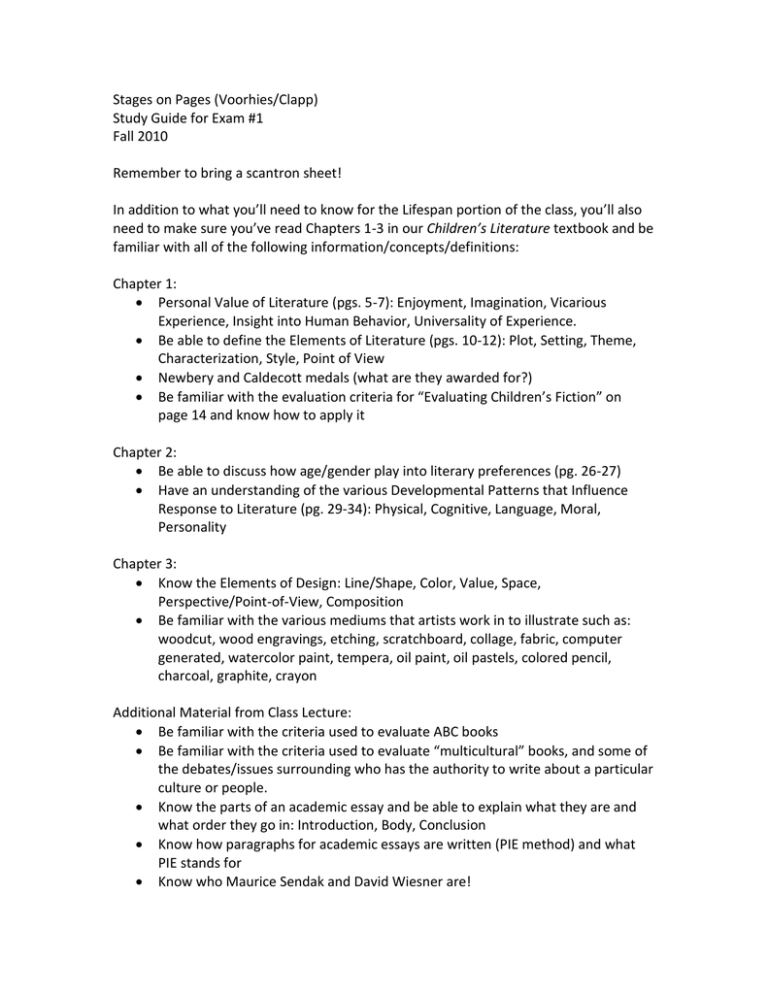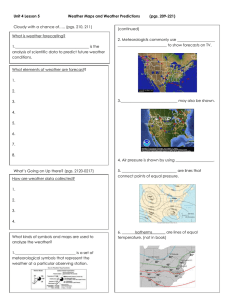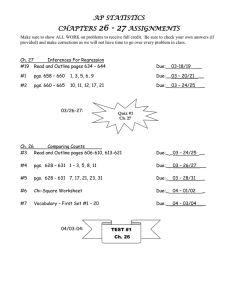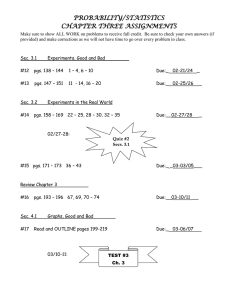Stages on Pages (Voorhies/Clapp) Study Guide for Exam #1 Fall 2010
advertisement

Stages on Pages (Voorhies/Clapp) Study Guide for Exam #1 Fall 2010 Remember to bring a scantron sheet! In addition to what you’ll need to know for the Lifespan portion of the class, you’ll also need to make sure you’ve read Chapters 1-3 in our Children’s Literature textbook and be familiar with all of the following information/concepts/definitions: Chapter 1: Personal Value of Literature (pgs. 5-7): Enjoyment, Imagination, Vicarious Experience, Insight into Human Behavior, Universality of Experience. Be able to define the Elements of Literature (pgs. 10-12): Plot, Setting, Theme, Characterization, Style, Point of View Newbery and Caldecott medals (what are they awarded for?) Be familiar with the evaluation criteria for “Evaluating Children’s Fiction” on page 14 and know how to apply it Chapter 2: Be able to discuss how age/gender play into literary preferences (pg. 26-27) Have an understanding of the various Developmental Patterns that Influence Response to Literature (pg. 29-34): Physical, Cognitive, Language, Moral, Personality Chapter 3: Know the Elements of Design: Line/Shape, Color, Value, Space, Perspective/Point-of-View, Composition Be familiar with the various mediums that artists work in to illustrate such as: woodcut, wood engravings, etching, scratchboard, collage, fabric, computer generated, watercolor paint, tempera, oil paint, oil pastels, colored pencil, charcoal, graphite, crayon Additional Material from Class Lecture: Be familiar with the criteria used to evaluate ABC books Be familiar with the criteria used to evaluate “multicultural” books, and some of the debates/issues surrounding who has the authority to write about a particular culture or people. Know the parts of an academic essay and be able to explain what they are and what order they go in: Introduction, Body, Conclusion Know how paragraphs for academic essays are written (PIE method) and what PIE stands for Know who Maurice Sendak and David Wiesner are!





